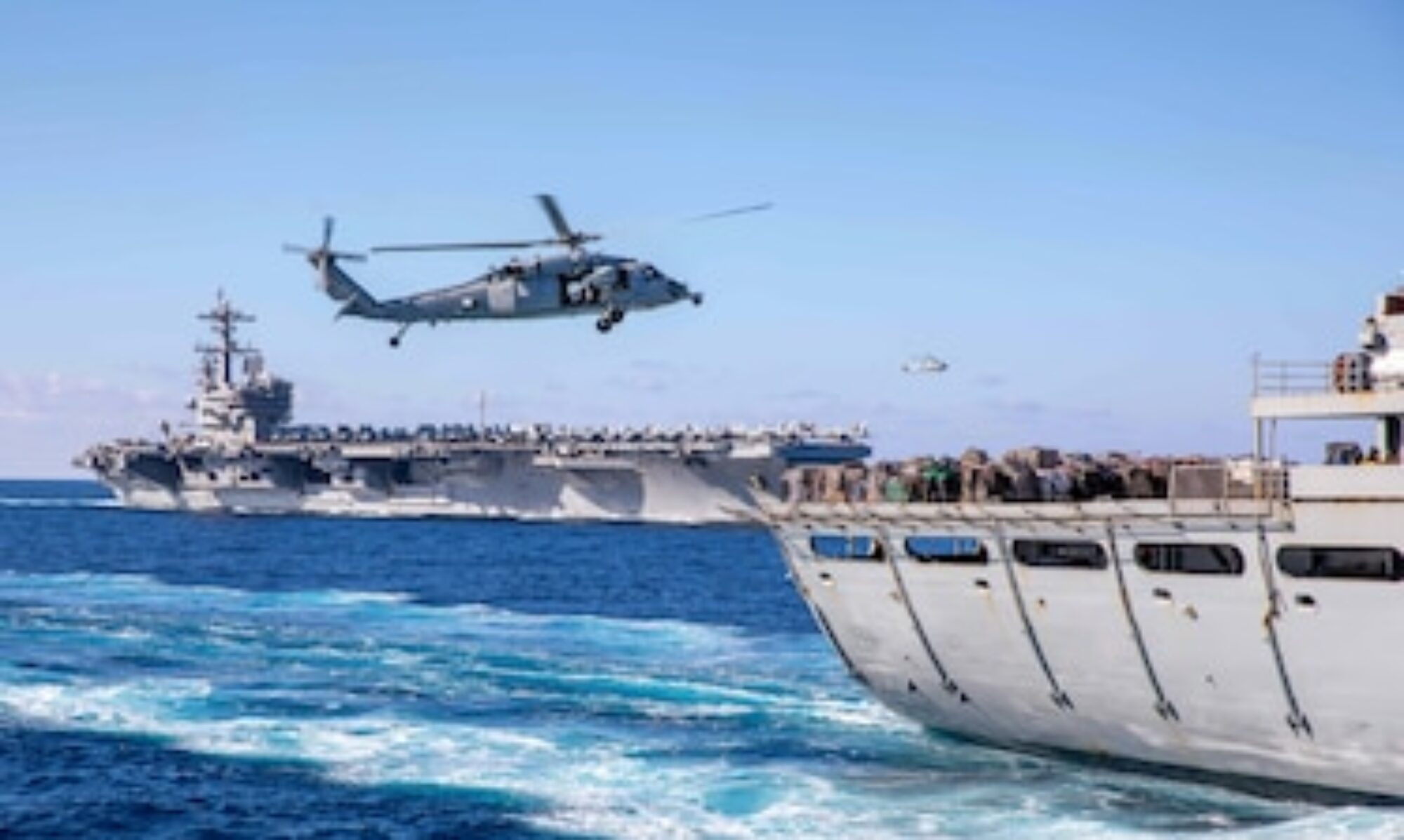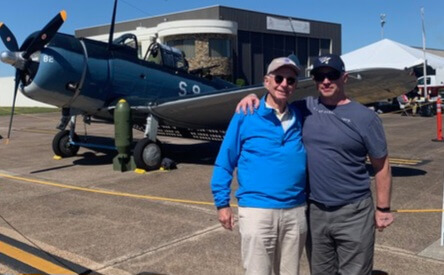

If you are a fan of aviation and history, you will love the Lone Star Flight Museum in Houston, says American for a Stronger Navy senior advisor, Dale A. Jenkins, a former Naval officer and author of Diplomats and Admirals, a book that explores the diplomatic and military aspects of World War II.
The museum displays more than 24 historically significant aircraft, and many artifacts related to the history of flight. Among its collection, there are several U.S. Navy planes that have served in various wars and missions, and tell the stories of courage and sacrifice of their pilots and crews.
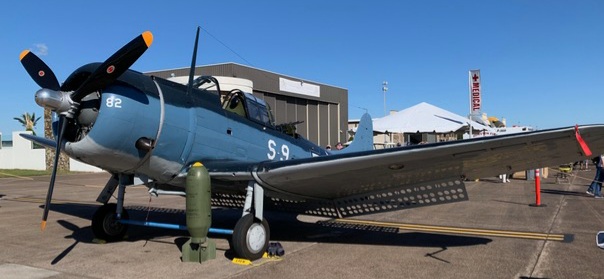
One of these planes is the Douglas SBD Dauntless, a dive bomber that played a crucial role in the Battle of Midway in 1942. The Dauntless was of particular interest to Dale, who has done extensive research on the Battle of Midway and the role of the Dauntless in turning the tide of the war in favor of the U.S. Dale said that it was touching to be there with his son, who shares his passion for aviation and history. “It was a wonderful experience to share with my son. He was fascinated by the planes and their stories,” said Dale.
Another plane is the Grumman F6F Hellcat, a fighter that dominated the skies over Iwo Jima and Okinawa. The plane on display at the museum was flown by David McCampbell, the Navy’s top ace of World War II, who shot down 34 enemy planes and received the Medal of Honor.
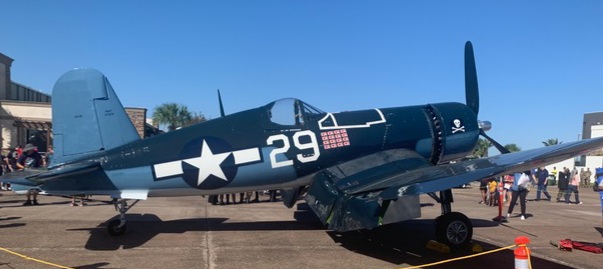
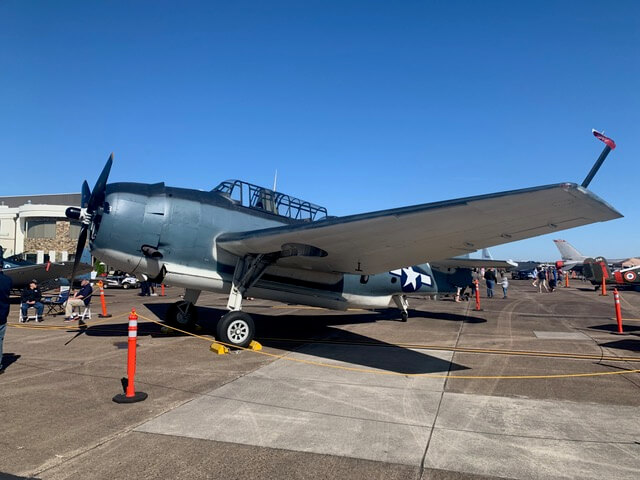
A third plane is the Grumman TBM Avenger, a torpedo bomber that was flown by future president George H.W. Bush. The plane on display at the museum was flown by Paul Newman, a pilot who participated in the Battle of Leyte Gulf and was shot down by a kamikaze.
A fourth plane is the Douglas A-1 Skyraider, an attack aircraft that served in Korea and Vietnam. The plane on display at the museum was flown by Ed Olander, a pilot who flew over 200 combat missions and rescued a downed airman in enemy territory.
These are just some examples of the U.S. Navy planes that you can see and learn more about at the Lone Star Flight Museum. The museum also offers flight experiences for those who want to feel what it is like to fly in a vintage aircraft.
“The Lone Star Flight Museum is an amazing place to see and appreciate the history and heritage of U.S.Naval aviation. The planes are not only museum pieces, but also flying legends that inspire us to be stronger and better,” said Dale. “I highly recommend it to our members and friends of the Americans for a Stronger Navy and anyone who loves our Navy and our country.”
We owe the pilots at Midway and elsewhere a debt of gratitude for their service and sacrifice for our freedom and security.
If you are interested in visiting the Lone Star Flight Museum or learning more about our Wings of Victory series, you can find more information on on their website by clicking here.
Thank you for your support for a stronger Navy.
